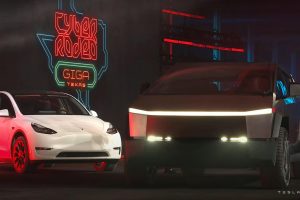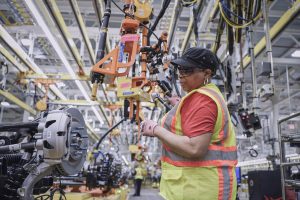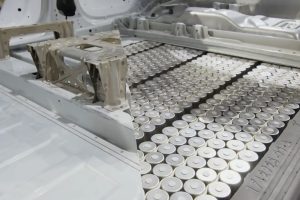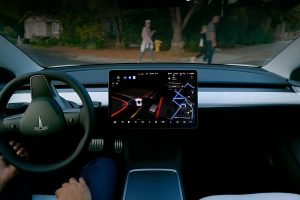- 🗣️ Elon Musk commented on Tesla’s frequent pricing changes, defending the strategy as necessary to match production with demand.
- 💰 Tesla has recently cut prices for its vehicles and Full Self-Driving (FSD) software, drawing criticism from some consumers and shareholders.
- 🏭 Musk pointed out that other automakers frequently change prices through dealer markups and incentives, making Tesla’s direct-to-consumer model more transparent.
- 🚗 Previous price cuts aimed to prioritize higher vehicle volumes at slightly lower margins, with plans to generate future profits from software and autonomous driving.
- 📈 Musk believes delivering a larger fleet now will allow Tesla to “harvest” margins from autonomy later on, calling it an “extremely important point.”
Tesla’s pricing strategy has been a topic of debate, with recent price cuts for its vehicles and Full Self-Driving (FSD) software drawing criticism from some consumers and shareholders. However, Elon Musk, Tesla’s CEO, has provided insights into the rationale behind these frequent pricing changes.
Transparency in Pricing: A Direct-to-Consumer Advantage
One of Musk’s key points is the transparency offered by Tesla’s direct-to-consumer sales model. He argues that traditional automakers often change prices through dealer markups and incentives, making the actual selling price vastly different from the MSRP (Manufacturer’s Suggested Retail Price). In contrast, Tesla’s direct sales approach eliminates the need for such hidden price adjustments, offering greater transparency to consumers.
Musk emphasizes that Tesla’s pricing must change frequently to match production with demand effectively. This strategy allows the company to respond quickly to market conditions and adjust prices accordingly, ensuring that supply and demand remain aligned.
Prioritizing Higher Volumes for Future Profitability
Musk’s comments also shed light on Tesla’s long-term strategy of prioritizing higher vehicle volumes at slightly lower margins. This approach is driven by the company’s belief that its future potential for revenue lies in software and services, particularly autonomous driving capabilities.
H3: Laying the Groundwork for Autonomy
According to Musk, Tesla aims to “lay the groundwork” by delivering a large number of vehicles at lower margins initially. This strategy is based on the belief that as the company perfects its autonomous driving technology, it will be able to “harvest” significant profits from the software and services associated with this technology.
In Musk’s words, “We do believe we’re like laying the groundwork here, and then it’s better to ship a large number of cars at a lower margin, and subsequently, harvest that margin in the future as we perfect autonomy.”
Embracing Change for Long-Term Success
While frequent pricing changes may create confusion for some consumers in the short term, Musk’s rationale highlights Tesla’s long-term vision and its commitment to adapting to market conditions. By prioritizing higher vehicle volumes and embracing the advantages of its direct-to-consumer model, Tesla aims to position itself for future profitability and success in the rapidly evolving automotive and technology landscape.
As the company continues to push the boundaries of innovation, its ability to respond swiftly to market demands through pricing adjustments could prove to be a key competitive advantage in the years to come.





